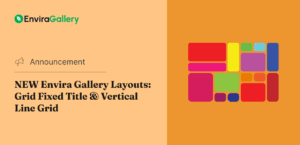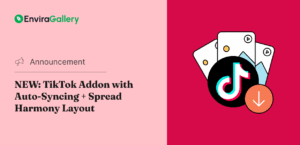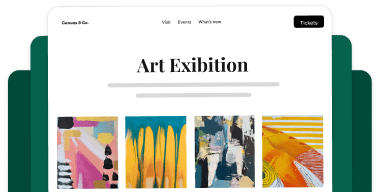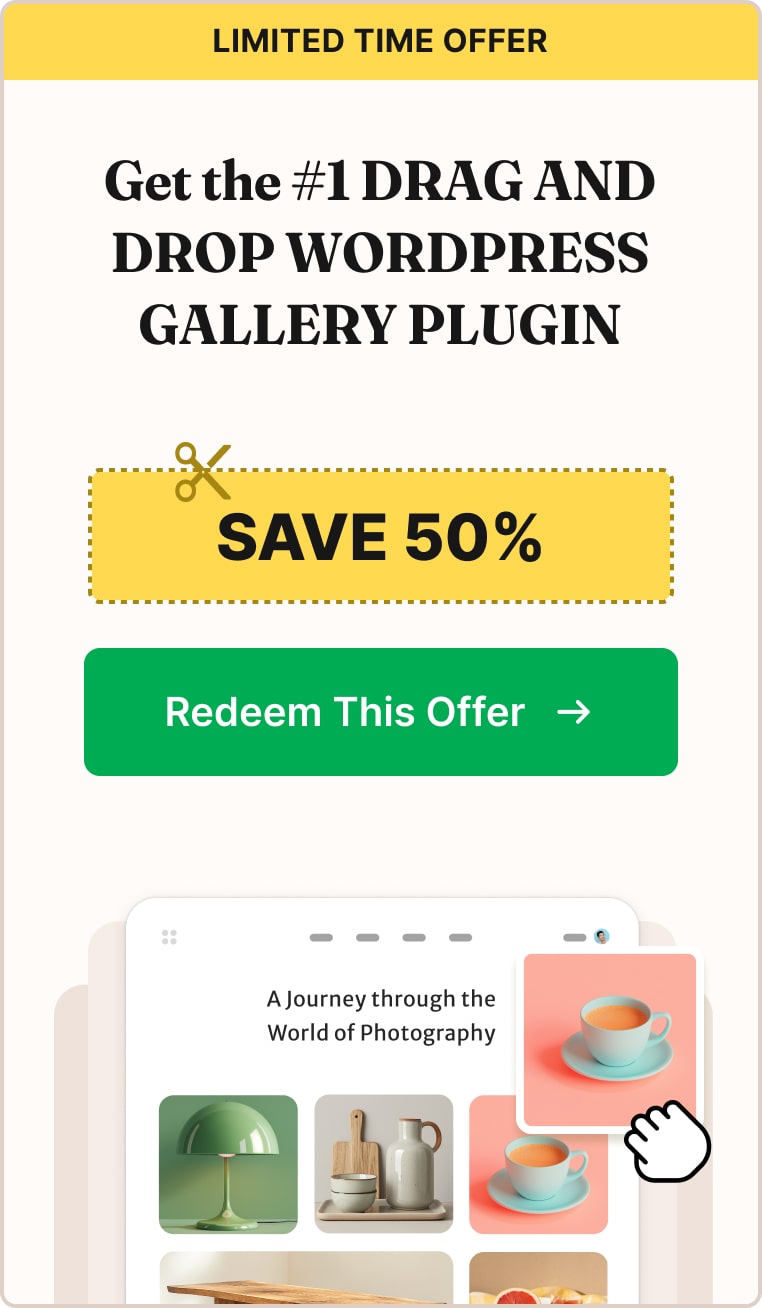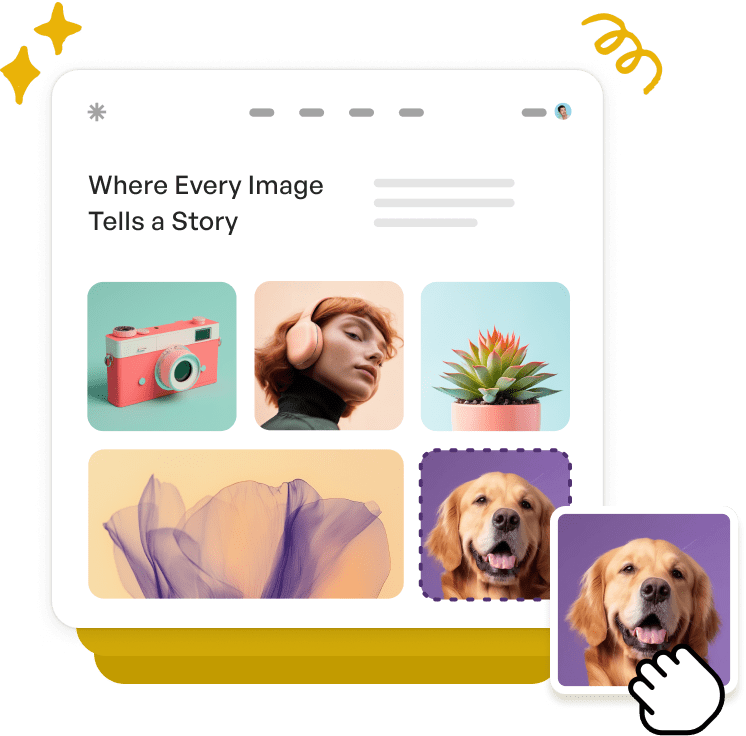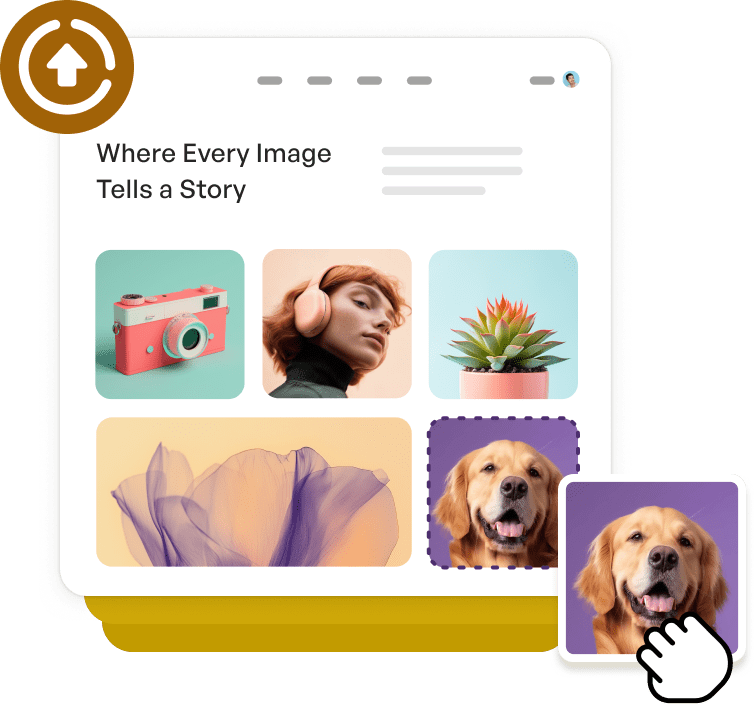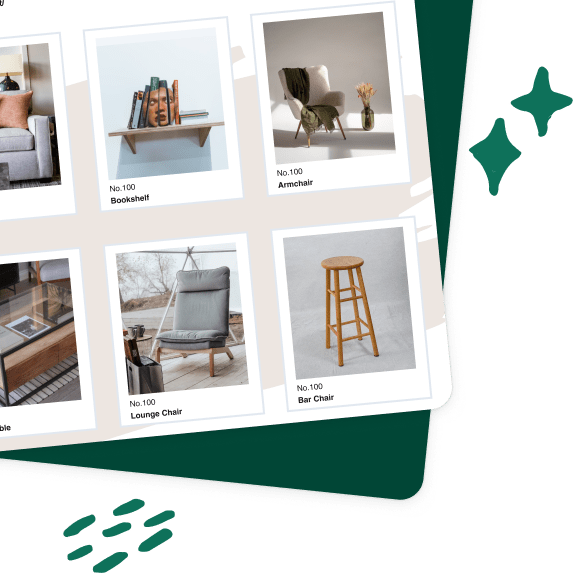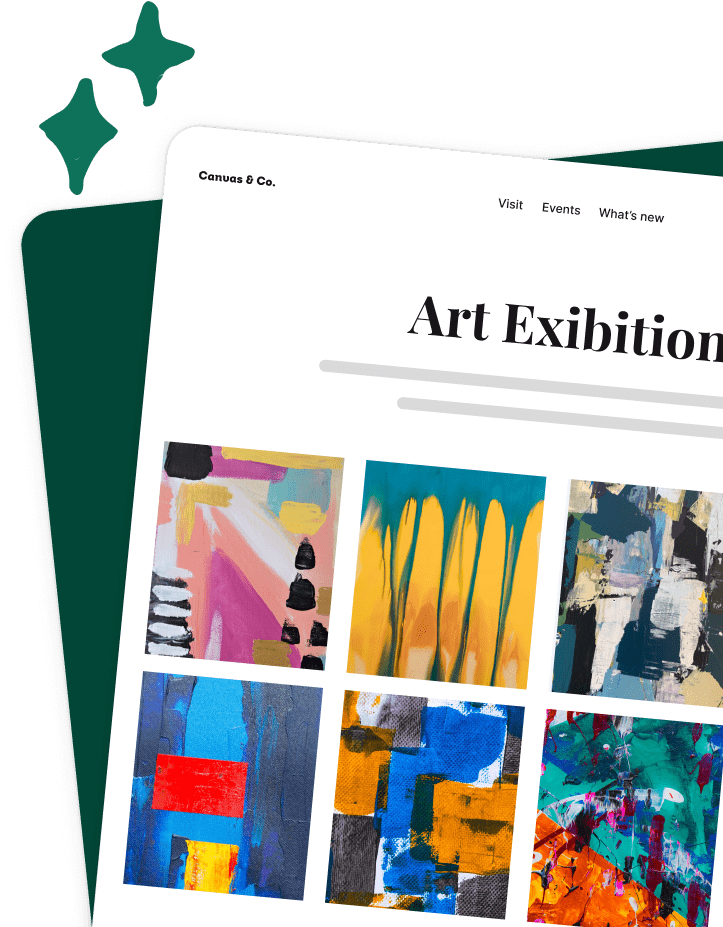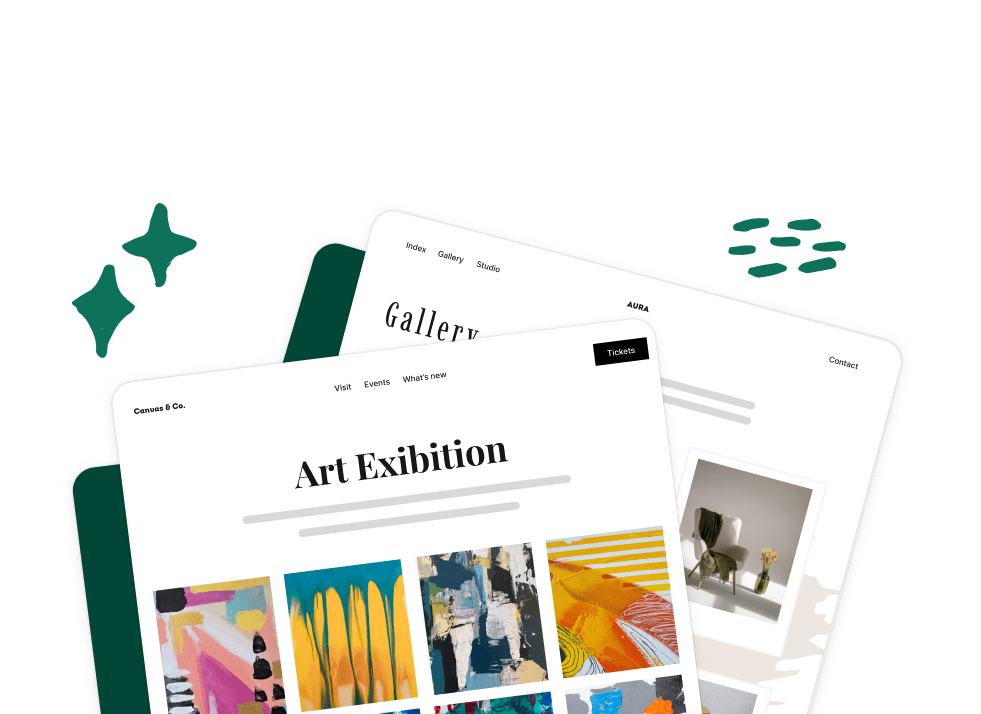Are you looking for the best print-on-demand services to sell your photography without the hassle of inventory, printing, or shipping?
As someone who works closely with photographers, I’ve spent a lot of time exploring different ways creatives can monetize their work. If you’ve been looking for a way to turn your photo portfolio into a source of passive income—without having to manage fulfillment or client orders—print-on-demand might be the perfect fit.
In this comprehensive guide, we’ll explore the top print-on-demand platforms for photographers, comparing their features, product offerings, and business models to help you find the perfect match. Whether you’re a landscape photographer, portrait artist, or street photography enthusiast, you’ll learn how to turn your images into products that sell.
In This Article
- What Is Print-on-Demand for Photographers?
- How to Choose the Best Print-on-Demand Service
- Print-On-Demand Services vs. Marketplaces
- Best Print-on-Demand Services for Photographers
- Best Print On Demand Marketplaces for Photographers
- Tips for Success with Print-on-Demand Photography
- Enhance Your Website with Envira Gallery
What Is Print-on-Demand for Photographers?
Print-on-demand (POD) services allow photographers to sell their images on various products without handling inventory, printing, or shipping. When a customer places an order, the POD service prints your image on the selected product, packages it, and ships it directly to the customer.
Why Use POD Services?
- No upfront inventory costs – You only pay when a sale is made
- Wide product selection – Sell your images on everything from framed prints to merchandise
- Global fulfillment – Reach customers worldwide without handling international shipping
- Passive income potential – Upload once and earn repeatedly as orders come in
- Focus on photography – Spend your time shooting, not managing logistics
While traditional photo printing labs (like those we covered in our guide to professional photo printing labs) focus on high-quality prints for client delivery or exhibitions, POD services are designed to help you sell your work as consumer products. And unlike general platforms for selling photos online, POD services specifically handle the production and fulfillment of physical goods.
How to Choose the Best Print-on-Demand Service
Here are a few things to consider when evaluating your options:
- Product Quality: Order samples or check reviews to ensure your prints meet expectations.
- Product Range: Some services focus on fine art prints; others offer t-shirts, mugs, and more.
- Profit Margins: Look for services that let you set your own prices.
- Global Reach: Double-check that the POD company you choose ships to your customer base. For example, some services may only fulfill U.S. orders while services like Gelato use local printers to ship globally with reduced costs and delivery times.
- Audience & Integrations: Do you want your own store with integrated print-on-demand (service) or an existing POD platform with a built-in audience (marketplace)?
Print-On-Demand Services vs. Marketplaces
Before choosing a platform, it’s important to understand the two main types of print-on-demand options available to photographers:
POD Services
These platforms act as back-end fulfillment providers. You choose your products and integrate the service with your own website. When someone places an order, the service prints, packages, and ships the product on your behalf.
- Full control over your website and branding
- Personalization & better customer experience
- White-label or professional presentation
- Often better suited for fine art or client work
POD Marketplaces
These platforms host your storefront and bring the traffic. You don’t need your own website—just upload your work and set your prices. The marketplace handles product creation, sales, and fulfillment.
- Built-in audience and organic discovery
- Minimal setup and no website required
- Ideal for passive income and exposure
- Great for photographers testing product ideas
Whether you prefer full creative control or want a low-maintenance way to earn passive income, the best choice depends on your goals, audience, and how hands-on you want to be.
Best Print-on-Demand Services for Photographers
1. Printful

Printful is one of the most popular print-on-demand services, offering a wide range of products and seamless integration with popular platforms like WordPress (via WooCommerce), Shopify, Squarespace, Etsy, and more.
This allows you to maintain complete control over your existing store’s appearance and customer experience while outsourcing production and shipping. When a customer places an order, it’s automatically sent to Printful for fulfillment.
What I like about it:
- Free WooCommerce plugin for easy integration with WordPress
- Wide product range including apparel, home decor, and prints
- Automatic order fulfillment
- White-label shipping with your branding
- Product mockup generator
- No minimum order requirements
- Warehousing and fulfillment services
I particularly like how Printify’s mockup generator makes it easy to visualize your images on different products, like merch, home decor, and apparel.
2. Imagely

Imagely offers a comprehensive solution for photographers using WordPress, including built-in eCommerce with automated print fulfillment through their NextGEN Pro plugin. The plugin connects directly with professional labs, ensuring high-quality prints for your customers without requiring you to handle orders manually.
What I like about it:
- Complete end-to-end WordPress solution designed specifically for photographers
- Built-in eCommerce system for selling digital downloads or prints
- Automated print fulfillment through professional lab partners
- Client proofing tools for photographers
- Seamless integration with the premium Imagely theme for a cohesive website and store
- Multiple gallery layouts and presentation options
This is one of the few options purpose-built for photographers using WordPress. If you want to keep everything on your own site—while still getting pro-level fulfillment—it’s hard to beat Imagely’s all-in-one approach. The integration between their theme, gallery plugin, eCommerce functionality, and print fulfillment creates a seamless experience both for you and your customers.
3. Printify

Printify offers flexible pricing and provider selection. The ability to compare and select vendors is what sets Printify apart. If you’re just getting started or want to optimize for margins, this gives you more control over your setup.
What I like about it:
- Choose from multiple print providers
- Competitive pricing
- Mockup generator
Printify is great for price-sensitive photographers who want to test providers as well as those who need multiple providers for niche products. However, quality can vary between vendors.
4. Gelato

Gelato offers fast, eco-friendly POD production across 30+ countries. The company uses local fulfillment providers to reduce environmental impact while still delivering fast. It’s ideal for photographers with an international customer base and those who value speed and eco-conscious solutions.
What I like about it:
- Local production for faster delivery and lower costs
- Excellent quality control
- White-label branding
- Strong sustainability practices
5. Prodigi

Prodigi is a high-quality print-on-demand service built for photographers, artists, and galleries. With fulfillment centers worldwide and integrations for self-hosted shops, it’s a solid choice for photographers selling high-end prints through their own websites or online stores.
What I like about it:
- Fine art and photo lab-grade printing
- Global fulfillment with local lab partnerships
- White-label shipping with branding options
- WooCommerce, Shopify, and Etsy integrations
The company’s museum-quality printing and professional-grade paper options, including giclée and C-type prints, makes it best suited for photographers who are focused on premium print quality and want full control over branding and fulfillment.
Honorable Mentions
- Theprintspace – Offers museum-quality giclée and C-type prints with integrations for Shopify, WooCommerce, Etsy, Squarespace, Wix, and more via Creativehub. Ideal for fine art photographers seeking premium fulfillment options.
- Gooten – Backend POD service with 150+ products and flexible provider selection. Good for scaling stores but less tailored to photography.
- Spreadshop (SPOD) – Fast (48-hour) fulfillment focused on merch like apparel and mugs. Great for photographers exploring branded merchandise.
Best Print On Demand Marketplaces for Photographers
1. Fine Art America

Fine Art America is one of the largest POD marketplaces tailored to visual artists. It’s an excellent choice for photographers looking for exposure without managing fulfillment.
What I like about it:
- Massive built-in marketplace with global exposure
- Prints, apparel, home decor, and more
- Built-in storefront with customizable branding
- Artist tools for marketing and promotion
- No upfront costs
2. RedBubble

If you’re experimenting with POD for the first time, RedBubble is one of the most accessible places to start. As a more trend-focused platform, it’s a great way to test what types of images resonate with customers and reach a global customer base.
What I like about it:
- Wide product range (70+ items)
- Organic traffic from 30+ million shoppers
- Artist-set pricing
- Global fulfillment
3. SmugMug

SmugMug blends portfolio hosting with integrated print fulfillment. It’s an excellent choice for professional photographers who want a polished portfolio and direct sales. While I’m partial to using WordPress for photography websites, I’ve seen SmugMug work especially well for wedding and portrait photographers who want everything in one place with minimal setup.
What I like about it:
- Gorgeous gallery templates
- Print sales through trusted labs
- Client proofing and secure delivery
- Full control over branding and pricing
4. Society6

Society6 tends to favor photographers with a more design-oriented or conceptual approach. Their stylish, design-driven product offerings are a great fit for photographers with with artistic or abstract styles looking to break into lifestyle products.
What I like about it:
- Focus on home decor and wall art
- Art-forward community
- No upfront fees
- Curated marketplace
5. Saatchi Art

Saatchi Art offers one of the few true gallery-style POD marketplaces for photographers. The platform caters to serious collectors, making it ideal for professionals with cohesive bodies of work and an interest in selling limited editions or high-ticket wall art.
What I like about it:
- High-end platform for original and limited-edition artwork
- Curated submissions to maintain quality
- Framing, printing, and shipping handled for you
- Large collector-focused audience
Although Saatchi takes a 40% commission on each sale, the platform is non-exclusive and known for being a high-quality, curated online gallery.
Honorable Mentions
- INPRNT – Curated marketplace offering museum-quality giclée prints. Best for conceptual or artistic photographers; selective entry.
- Displate – Specializes in bold, metal wall art. Great for photographers with graphic or pop-culture-inspired styles.
- Zazzle – Huge platform with endless product options. Less art-focused, but good for casual or giftable photo merchandise.
Tips for Success with Print-on-Demand Photography
These are tips I’ve picked up while researching POD strategies and speaking with photographers who’ve made it work:
- Use high-res images suitable for large-format printing
- Group your photos into themes or series
- Choose products that align with your audience’s interests
- Promote your work via social media, email, and search engine optimization
- Keep testing different platforms and collections
Enhance Your Website with Envira Gallery

If you’re a WordPress user, Envira Gallery makes it easy to create stunning image galleries that showcase your work professionally. It integrates with WooCommerce, so you can use many print-on-demand tools, helping you:
- Build beautiful, responsive galleries
- Sell digital or physical prints with WooCommerce
- Protect your work with watermarking and right-click protection
- Attract more visitors with SEO-optimized galleries
- Easily create proofing galleries for clients
- Sync your Lightroom collections with your website for a streamlined workflow
- And much more…
I’ve worked with dozens of photographers who’ve used Envira to make their galleries more interactive, organized, and visually compelling—which is a key part of converting visitors into buyers.
Print-on-demand services make it easier than ever to sell your photography. Whether you’re leveraging global marketplaces like Fine Art America or building a branded store with WooCommerce and Envira Gallery, the right POD platform can turn your images into income.
Not using Envira Gallery? Get started today!
If you enjoyed this article, be sure to check out How to Design a Watermark: Expert Tips & Examples.
Don’t forget to check out our blog and follow us on X (Twitter) for the best photography tips, resources, and WordPress tutorials.

